|
Tips for reducing back pain when working from home: Work station ergonomics You may have had an ergonomic assessment on your desk at work, but maybe haven't had such focus on you work station at home. Check out the picture below for areas to adjust. When sitting you back should be fully supported by your chair (that includes your upper pelvis) and your feet fully supported on the floor. Knees should be at hip level or just below. Arm rests are important for taking stress off your neck and upper shoulders so you don’t end up shrugging for 6+ hours while typing. The top of the monitor should be level with your eyes and about an arm’s length away from your face to limit eye strain and allow neutral neck position. Change positions often Your body is made to move. Change positions from sitting to standing, if possible, and take movement breaks - walking, stretching, arm circles, head turns - anything to get yourself out of “computer posture” for a few minutes. Aim for a movement break every 30 minutes even if it’s just to do some shoulder blade squeezes and getting your eyes off the computer screen for 20 seconds. Make exercise a priority
Pick anything you like to do; yoga, walking, running, basketball, etc. Movement is important for many physical health benefits including lowering blood pressure, lowering cholesterol, and blood sugar regulation. Regular exercise is associated with decreased risk for illnesses such as heart disease, stroke, and many cancers. Exercise has also been shown to decrease anxiety and depression and release endorphins, the “feel-good hormone."
0 Comments
Stenosis is a term that describes the narrowing of a space. When we're talking about your back, stenosis is when there is a narrowing of the space around the nerve roots that come out from the spinal cord.
What causes stenosis? One common cause is from a disc bulge or herniation. This is when one of the discs between your vertebrae bulges out from where it belongs and if the bulge is bad enough, ruptures allowing the shock-absorbing material to come out from the disc into the nerve canal. Another common cause of stenosis is from arthritic changes, like bone spurs and degeneration, that form over several years of wear and tear on your back. If we trace the cause back even further, the main cause for stenosis really stems from having a weak abdominal core. When your core is weak, you are more prone to overarching your lower back while sitting or standing. This excessive force, over time, creates the perfect storm for developing disc bulges, herniations, and arthritic changes. It doesn't take much pressure at all for the nerve to get irritated which is why stenosis can be problematic. What can you do? One of the best things you can do if you suffer from stenosis is to see a physical therapist. After conducting a thorough examination, a physical therapist can develop a treatment plan to help you work on your posture, core strength, and relearn proper body mechanics. These conservative measures help you achieve relief and, if surgery is warranted, recover more successfully. At Staszak Physical Therapy & Wellness Center, located in downtown Eugene, we are deeply knowledgeable in working with people who suffer from lower back pain and stenosis. Give us a call today to schedule an assessment with one of our physical therapists at 541-505-8180. When you ask most people to describe the diagnosis for their lower back pain, a lot of people would say disc herniation. However, when we look at the number of patients we see, disc herniation is a much less frequent cause compared to the majority of people who present with lower back pain.
The herniated disc is when the very strong outer layer of the disc starts wearing away and eventually tears, allowing the more gelatinous substance to seep out. The tearing of the outer surface, the annulus, is painful in itself, but the real problem is when the disc material that comes out, starts pressing against the nerve. Causes for disc herniations are usually related to long-term wear and tear, rather than one specific injury or incident. Poor posture and bad body mechanics are one of the biggest culprits here, too, which results in repetitive pressure and forces on the disc material. Disc bulges are when the outer disc material does not completely tear. This diagnosis is often not even the cause of a person's symptoms. Many people have disc bulges and no symptoms at all. In fact, there was a study* in the early 2000’s that on a group of individuals who had MRIs, 87.6% of people had disc bulges but were asymptomatic, meaning the bulges were not causing pain. To properly diagnose the cause of your back pain, it is best to have an evaluation with a physical therapist. He or she can evaluate your posture, joint motion, strength and flexibility along with your health history, current symptoms, and any aggravating factors. To schedule an evaluation with our office, please call 541-505-8180. *Source: https://www.healio.com/spine-surgery/imaging/news/online/%7Ba1a2db19-b77a-4ec2-97cf-66f382d4527c%7D/disc-bulging-most-prevalent-abnormal-finding-on-mri-in-asymptomatic-patients When you hear people talk about the "core muscles" do you know what they are talking about? In simple terms, your core is just about everything on your body except your arms and legs. This means you can think of your glutes, hips, abdominal muscles, inner abdominal muscles, pelvic floor, and scapula as your core. Your core is where your power is generated in order to carry out any movement. While abdominal and inner abdominal muscles do play a large roll in core stability, they don’t make up the core all by themselves. What does the core do? Your core most often acts as a stabilizer and force transfer center rather than a prime mover. Yet consistently people focus on training their core as a prime mover and in isolation. This would be doing crunches or back extensions versus functional movements like deadlifts, overhead squats, and pushups, among many other functional closed chain exercises. By training that way, not only are you missing out on a major function of the core, but also better strength gains, more efficient movement, and longevity of health. So, with all this in mind, it's a good idea to keep your core at the top of the "to strengthen" list. Watch the video below for 5 great core exercises you can do today. If you'd like personal help in strengthening your core, contact us today to schedule time with one of our certified personal trainers. The back isn't only one of the body's biggest and strongest body parts, it's also the most complicated in terms of being a series of interconnected muscle groups. Here are a handful of tips to help you avoid injury next time you go to the gym for "back day" (or even if you workout at home).
Things to Avoid During Back Day:
To learn more about proper workout positions and how to avoid and/or minimize injury, please contact us to schedule a session with one of our certified trainers. Source: www.bodybuilding.com At one point or another, we all struggle with back pain. Whether you know the cause or not, there are some simple strategies you can do at home to help alleviate the pain. Of course, if the pain persists, we want you to be seen by a professional who can properly diagnose your condition and provide a treatment plan.
If you are currently in pain:
If you happen to be one of the millions of Americans who suffer from chronic back pain, some lifestyle adjustments could also help reduce the frequency and severity of back pain episodes. Tips to help further reduce back pain:
Although many do not consider gardening a formidable activity, the reality is that gardening can result in as many injuries as a number of sports. One of the main contributing factors to gardening injuries is that many gardeners think of the activity as a casual afternoon of fun and therefore inadequately warm up, stretch or prepare for the task at hand when they actually should (see Stretching Guide for Gardening). In addition, repetitive tasks, as well as repetitive positioning such as sitting, kneeling or remaining bent over go hand in hand with gardening. Both repetitive tasks and repetitive positioning are common causes that lead to injury. Interestingly enough, the typical Hollywood gardening scene where someone steps on a tool and it then strikes them in return is another common cause of injury!
Asides from doing a proper warm up there are several gardening tips you can heed to avoid getting more than a thorn in your side! Use a gardening stool or pad for extended periods of weeding or planting. Better yet, plant as many of your plants in raised flower beds in order to avoid the need for bending much at all! No body part takes kindly to sustained positioning, so be sure to take frequent breaks in order to mix up your positioning. It is recommended to do one light task such as weeding for around 20 minutes, then switch it up to something heavier, like digging or hauling dirt for another 20. To make it easy, think about getting three types of gardening activities in each hour. Remember common advice even when gardening. For instance, when lifting heavy items including soil bags or your wheelbarrow use your legs and not your back. Keep your back in a fairly straight position and gently pull in your tummy muscles before lifting in order to help support your torso. Your legs are strongest when they are bent only halfway so don’t squat too far before standing back up again. Keep the load close into your body and don’t twist while lifting or setting items down; move your feet to get the item there. Twisting can also be a culprit causing injury even when weeding or doing light tasks; try to turn your feet and or hips as often as possible to complete your tasks in order to avoid unnecessary stresses on your back. Are you having problems sleeping? Do you experience discomfort in various positions? Have you wondered what the best position is for sleeping in optimal comfort?
Over the years, I have been asked about various sleep positions and which is best, but to be honest, the answer is not that simple. You really have to weight the pros and cons of each position and how they relate to your needs. What is the worst sleeping position? Hands down, it is sleeping on your stomach. While this position can be comfortable for some people, when you sleep on your stomach, you put your lower back in a hyperextended and often rotated position. Sleeping like this also puts your neck in an extremely rotated position. Both of these gradually cause potentially significant spinal problems. Now that we know what is the worst, let’s take a look at better options. One option is sleeping on your side. This is typically a fairly neutral position for your lower back but it can be fairly compressive on your shoulder and many people with shoulder problems find this difficult. You can modify a side lying sleeping position using a body pillow. While on your side, put one leg over the pillow, and have the rest of the pillow underneath you with your bottom arm underneath and behind you at your side. This ends up being kind of in-between stomach and side lying position, yet it is very supportive for your lower back and shoulder. A word of caution: This position is not necessarily the most comfortable for people who suffer from neck problems. Another good option is sleeping on your back. This can be a very comfortable position, especially for people with neck and shoulder problems. However, it can be somewhat uncomfortable for your lower back, especially if you have tightness through the front of your hips. If this is the case for you, be aware that sleeping on your back can cause your back to be in a hyperextended position. The solution is pretty simple: stretch your hip flexors and possibly sleep with a pillow or two under your knees. What should you do if you are one of those people who toss and turn during the night and don’t remain in one position? My best advice is to sleep with a body pillow, but get the kind that is shaped like the letter C as this will help cradle you in your desired position and reduce the likelihood of flipping around. Bottom line: Sleeping on your back or side is better than sleeping on your stomach. If you have questions, I invite you to contact our office. We’d be happy to help you find the best solution for your needs. -- Mike Staszak, PT
By Patricia Staszak, PT
Proper bike fit and riding position can go a long way in ensuring glorious riding comfort for miles to come. But that doesn’t mean you should hop on your bike and put in 50 miles the first day. Like all activities, you need to give your body a chance to adjust to new physical demands. And you also need to be mindful of your form and positioning on the bike to avoid overuse injuries. In general, you can avoid overuse injuries the way all athletes do -- by staying strong and flexible and using good mechanics. Good core strength will support your body while you’re on the bike and will assist in absorbing shock from bumps in the road. Let’s cover some specific common overuse injuries and, more importantly, how to avoid them. As always, if you feel pain beyond the pleasant fatigue of a good workout, especially in a joint, you need to stop that activity and figure out what’s causing the pain. Often a small adjustment in your bike fit or your riding form will help. If your discomfort continues, give us a call for an assessment on your riding form and body mechanics. 1. Achilles tendon pain can develop if your toes are pointed downward while pedaling, which causes the overuse of calf muscles and those supporting tendons. Keep your heels down through the entire pedal stroke. 2. Metatarsalgia (pain at ball of foot) occurs because the force from pushing your foot on the pedal is absorbed in just the front of the shoe instead of the whole shoe. Riding in soft shoes such as a running shoe is often the culprit here. A stiff cycling shoe can usually help. Shoes that are too tight also can cause compression at the ball of the foot and will sometimes cause numbness. 3. Anterior knee pain usually means compression at the patellofemoral joint, which could be an indication that your seat is too low or too far forward. This is another instance where a bike fit professional or physical therapist can help. 4. Patellar tendonitis can result from pedaling in too high of a gear (i.e., you’re pushing really hard instead of spinning) or riding hills. Not pedaling through the full 360 degrees can also cause overuse and pain at the patellar tendon, because your quadriceps are working more than the hamstrings. 5. Posterior knee pain, or pain at the back of the knee, hamstrings or upper calf muscles can result from the seat being too high. 6. Iliotibial band pain (lateral knee or thigh) can be caused by excessive toeing in or pronation, which results in the knee moving in and out. 7. Low back and neck pain are often related to poor posture on the bike. Low back pain may occur because of excessive rounding at the low back. Riders tend to round because of an uncomfortable saddle that causes them to tuck their pelvis under instead of having the pelvis tilted forward; tight low back or hamstring muscles can also cause this. If your seat makes you sore or numb, try one with a center cut out to unload the pubic area.
8. Shoulder and wrist pain can be caused by a seat that is tilted down at the front, because you’re slipping forward and putting more weight through the hands and arms. Neck, shoulder, and wrist pain can also be caused by a variety of cockpit issues -- handlebars that are too high or too low, a stem that is too long or too short or uneven brake hoods. All that said; don’t let these potential issues scare you away from riding! The weather is perfect, biking is a wonderful form of exercise, and, with the proper fit and overall mindfulness when you ride, you’ll enjoy many miles on your bike. If you would like us to take a look at your riding position or even help you pick the best bike for you, we’re here to help. 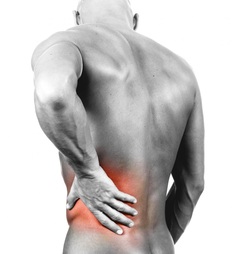 Many of us feel a sense of helplessness when faced with chronic pain. For whatever reason, we tend to look to medical authorities for all of the answers rather than to ourselves. Though it’s important to have the input and assistance of your doctor and physical therapist when managing chronic pain, it’s also important to recognize your own ability to create lasting change. Here are a few ways you can take charge of your health and reduce your chronic back pain: Be aware of your posture: Poor posture strains the back and is frequently a contributing factor of lower back pain. When you are standing or seated with poor posture, your spine isn’t properly aligned. This is what causes increased and uneven stress to muscles, ligaments, discs, and joints in the back. The correct posture is one that allows for a neutral spine. Though the spine itself isn’t actually straight, your body should always appear as if an invisible rod holds your head, torso, and legs in line with one another. Strengthen your back muscles: Exercise plays a large role in the rehabilitation of the back for a number of reasons. Most importantly, a lack of exercise prevents the diffusion of nutrients into the disc space. This diffusion is essential to back health, so it’s important to engage in routine exercises that will strengthen your back muscles. Sleep right: Certain sleeping positions might aggravate lower back pain. If you sleep on your side, place a pillow between your legs to prevent your upper knee and thigh from slipping forward and rotating your spine. Individuals who sleep on their backs should place a pillow beneath their knees in order to maintain a neutral spine, and stomach sleepers should place a pillow under their pelvis to prevent back strain. In addition to the pain management methods listed above, there are many other ways that you can achieve lasting relief if you are willing to dedicate a little time and focus. Get started today with help from our therapists at Staszak Physical Therapy & Wellness Center! |
Our BlogRead here for more information about our practice, industry news, tips for taking care of your body, and great recipes for healthy living. Categories
All
|

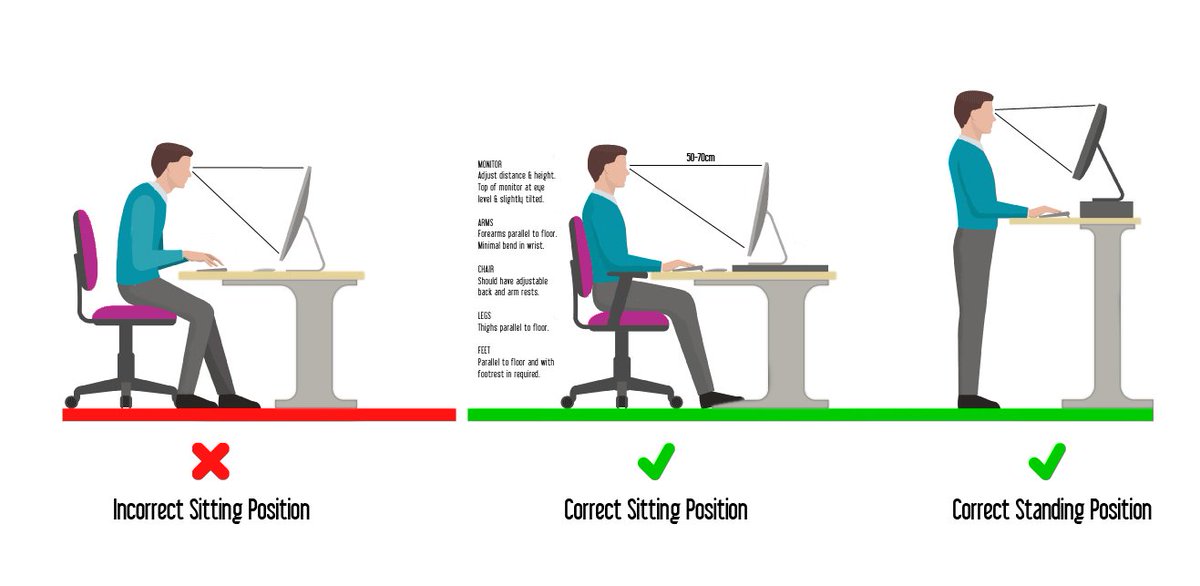
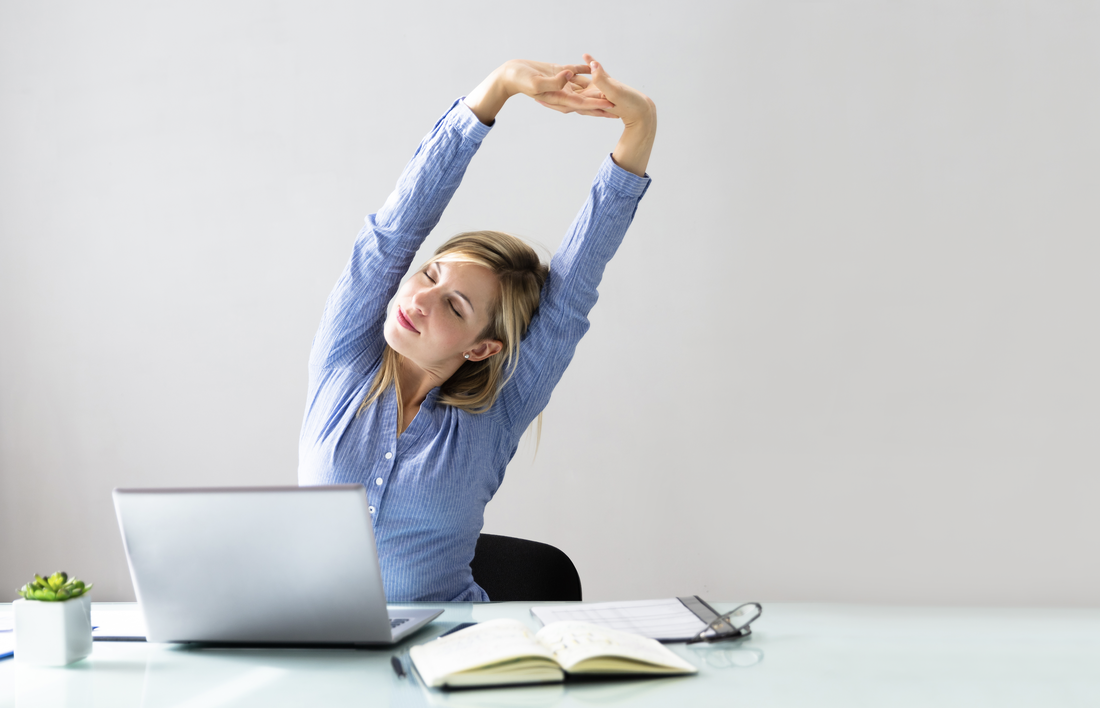
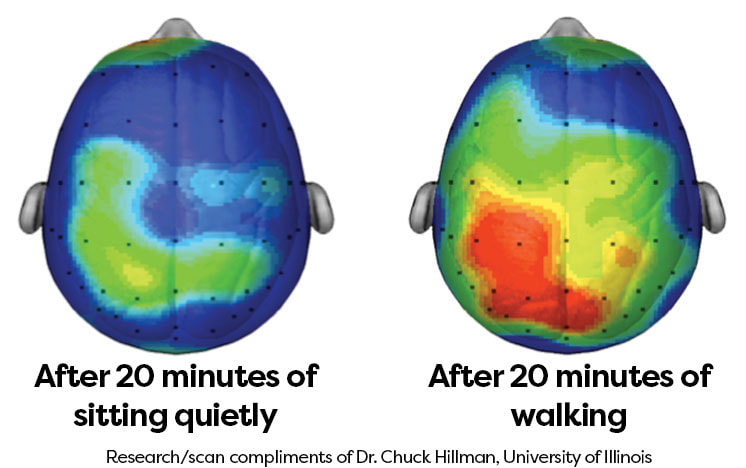
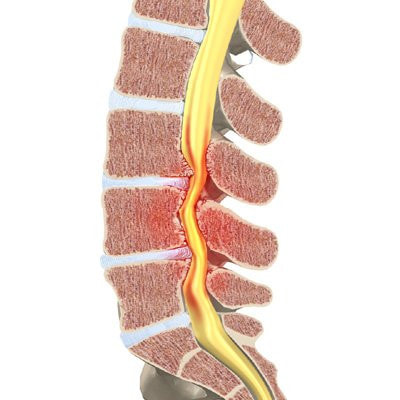
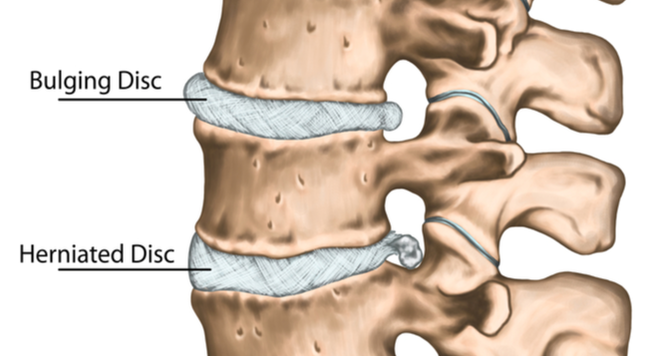

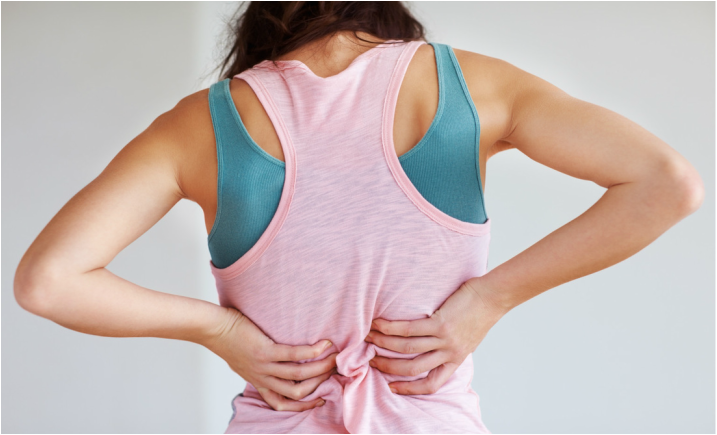

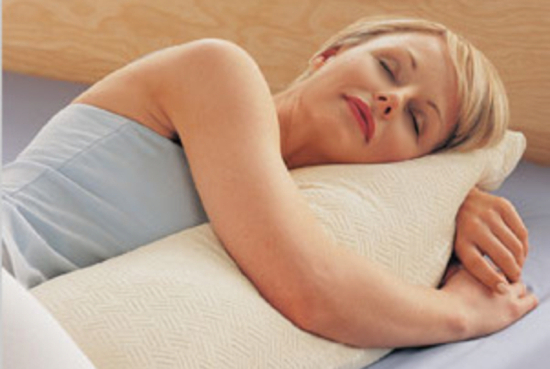
 RSS Feed
RSS Feed